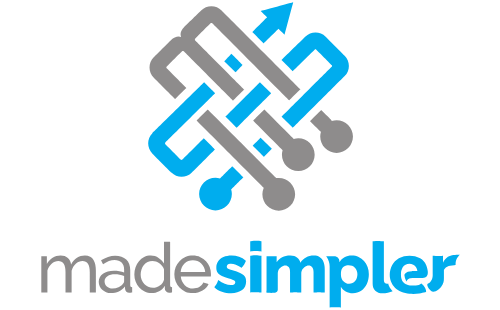At Made Simpler, we know that turning prospects into loyal clients is a journey, not a destination.
Understanding the customer journey is key to building lasting relationships with your audience. This blog post will guide you through the essential stages of transforming casual visitors into devoted customers.
We’ll explore effective strategies for conversion and share proven techniques for fostering long-term loyalty.
How Does the Customer Journey Unfold?
Stages of the Customer Journey
The customer journey starts with awareness. This is when potential customers first discover your product or service. A Forrester study reveals that 74% of B2B buyers conduct over half their research online before making an offline purchase. This fact underscores the importance of a strong online presence.
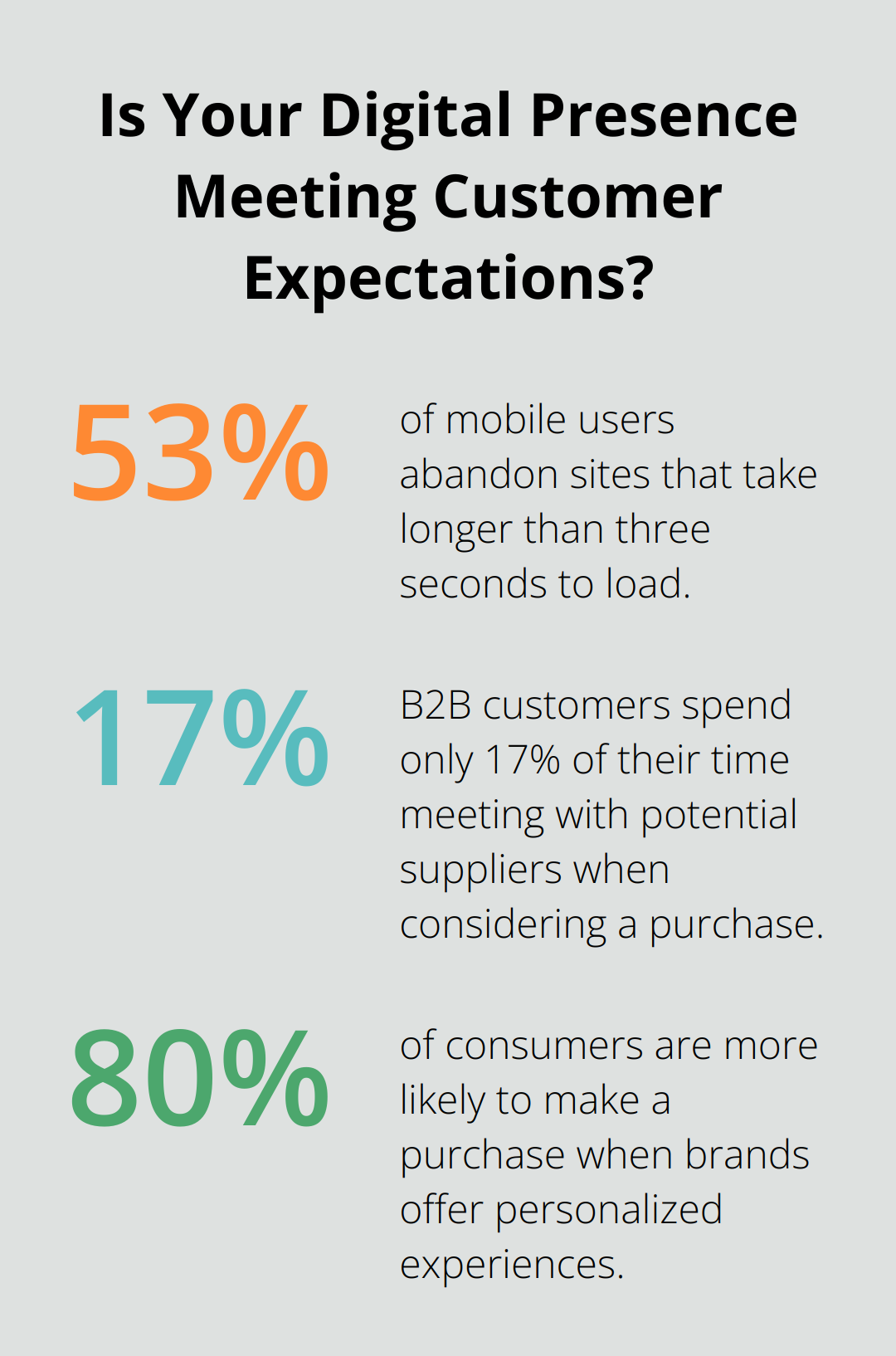
The consideration stage follows. Here, prospects evaluate your offering against competitors. HubSpot reports that 47% of buyers view three to five pieces of content before engaging with a sales rep. This statistic highlights the need for comprehensive, high-quality content that addresses customer pain points.
The decision stage comes next, where the prospect chooses to become a customer. According to Gartner, B2B customers spend only 17% of their time meeting with potential suppliers when considering a purchase. This means you need to make every interaction count.
The Importance of Journey Mapping
Mapping the customer journey is essential for several reasons. First, it helps identify pain points. A PwC study found that 32% of customers would stop doing business with a brand they loved after just one bad experience. Journey mapping allows you to pinpoint where these negative experiences might occur and take steps to prevent them.
Second, journey mapping improves personalization. Epsilon research indicates that 80% of consumers are more likely to make a purchase when brands offer personalized experiences. Understanding the journey allows you to tailor your approach at each stage.
Critical Touchpoints
Key touchpoints vary depending on your business, but some are universal. Your website often serves as the first point of contact. Google reports that 53% of mobile users abandon sites that take longer than three seconds to load. A fast, user-friendly site is therefore essential.
Social media represents another important touchpoint. Sprout Social found that 76% of consumers will buy from a brand they feel connected to on social media over a competitor. Engaging content and responsive customer service on these platforms can make a significant difference.
Customer service interactions are critical, especially post-purchase. 90% of Americans use customer service as a deciding factor when choosing to do business with a company. Exceptional support can transform a one-time buyer into a loyal advocate.
Optimizing the Journey
Understanding and optimizing these touchpoints can significantly impact your bottom line. Companies that effectively organize and manage customer experience can realize a 20 percent improvement in customer satisfaction.
To maximize the benefits of journey mapping, try to:
- Regularly update your map to reflect changing customer behaviors
- Involve multiple departments in the mapping process
- Use data analytics to identify trends and patterns
The next step in turning prospects into loyal clients involves implementing effective strategies for conversion. Let’s explore these tactics in detail.
How to Turn Prospects into Clients
Craft Irresistible Value Propositions
Your value proposition forms the foundation of your conversion strategy. It must clearly communicate why a prospect should select your product or service over competitors. A study by Sirius Decisions reveals that 60% of buyers want to connect with sales during the consideration stage, highlighting the importance of a strong value proposition.
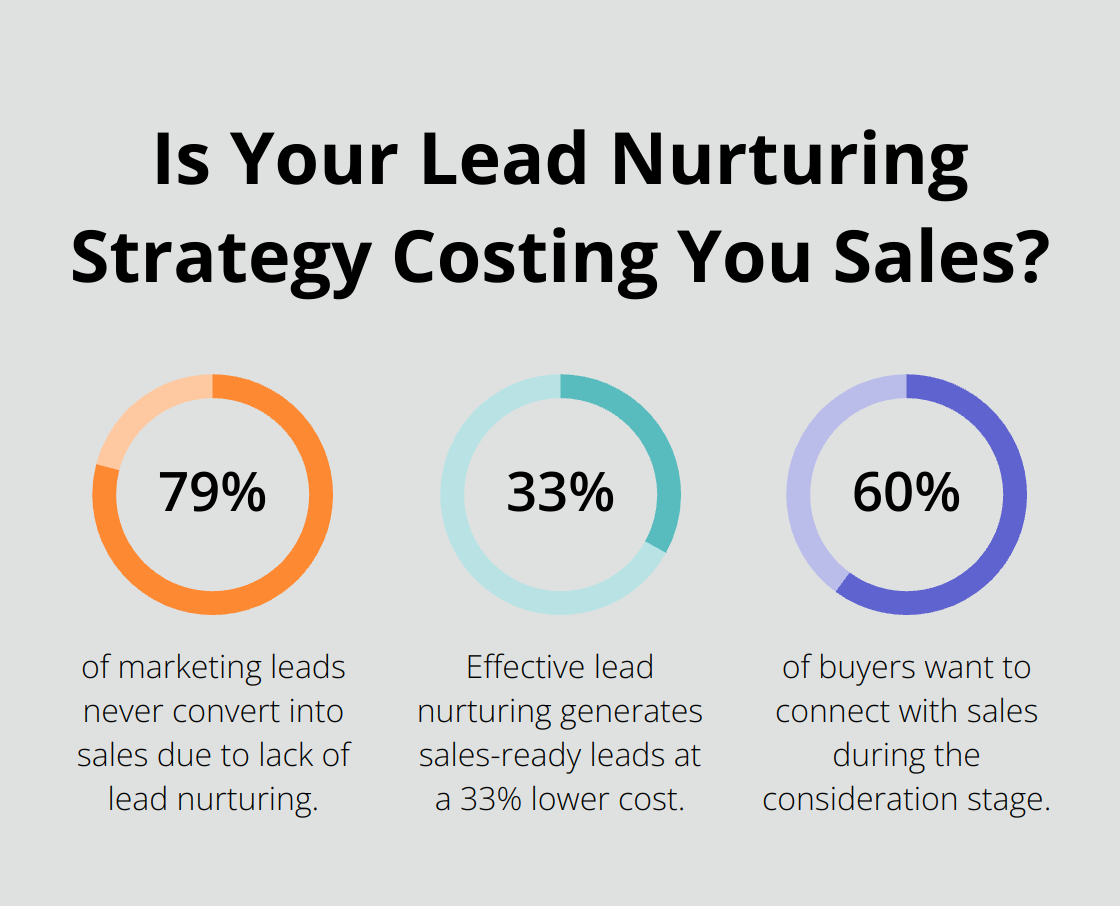
To create a compelling value proposition:
- Emphasize specific benefits, not just features
- Address your target audience’s pain points directly
- Use clear, concise language that resonates with your ideal customer
Nurture Leads Effectively
Lead nurturing builds relationships with potential customers, regardless of their readiness to buy. Effective lead nurturing generates 50% more sales-ready leads at a 33% lower cost.
Effective lead nurturing techniques include:
- Segment your email list based on behavior and preferences
- Create targeted content for each stage of the buyer’s journey
- Use marketing automation to deliver timely, relevant messages
Personalize Your Marketing Approach
Personalization extends beyond using a prospect’s name in an email. It tailors your entire marketing approach to individual needs and preferences. Epsilon research indicates that 80% of consumers are more likely to make a purchase when brands offer personalized experiences.
To implement personalized marketing:
- Use data analytics to understand customer behavior and preferences
- Create dynamic content that changes based on user interactions
- Implement AI-powered recommendation engines on your website
Streamline Your Sales Process
An optimized sales process can significantly impact your conversion rates. Salesforce research shows that 79% of marketing leads never convert into sales due to lack of lead nurturing.
To optimize your sales process:
- Align your sales and marketing teams for seamless handoffs
- Use CRM software to track and manage leads effectively
- Implement a lead scoring system to prioritize high-potential prospects
Converting prospects into clients requires a strategic approach that combines compelling value propositions, effective lead nurturing, personalized marketing, and an optimized sales process. These strategies (when implemented correctly) can maximize conversion rates and set the stage for long-term customer relationships.
The next step in the journey from prospect to loyal client involves building and maintaining client loyalty. Let’s explore the strategies that transform one-time buyers into devoted brand advocates.
How to Build Unshakeable Client Loyalty
Exceed Expectations at Every Turn
The foundation of client loyalty rests on consistently delivering exceptional experiences. A study by PwC reveals that 73% of consumers consider experience as an important factor in their purchasing decisions. To stand out:
- Train your team to go above and beyond in every interaction
- Anticipate client needs before they arise
- Try to respond to inquiries in under an hour during business hours
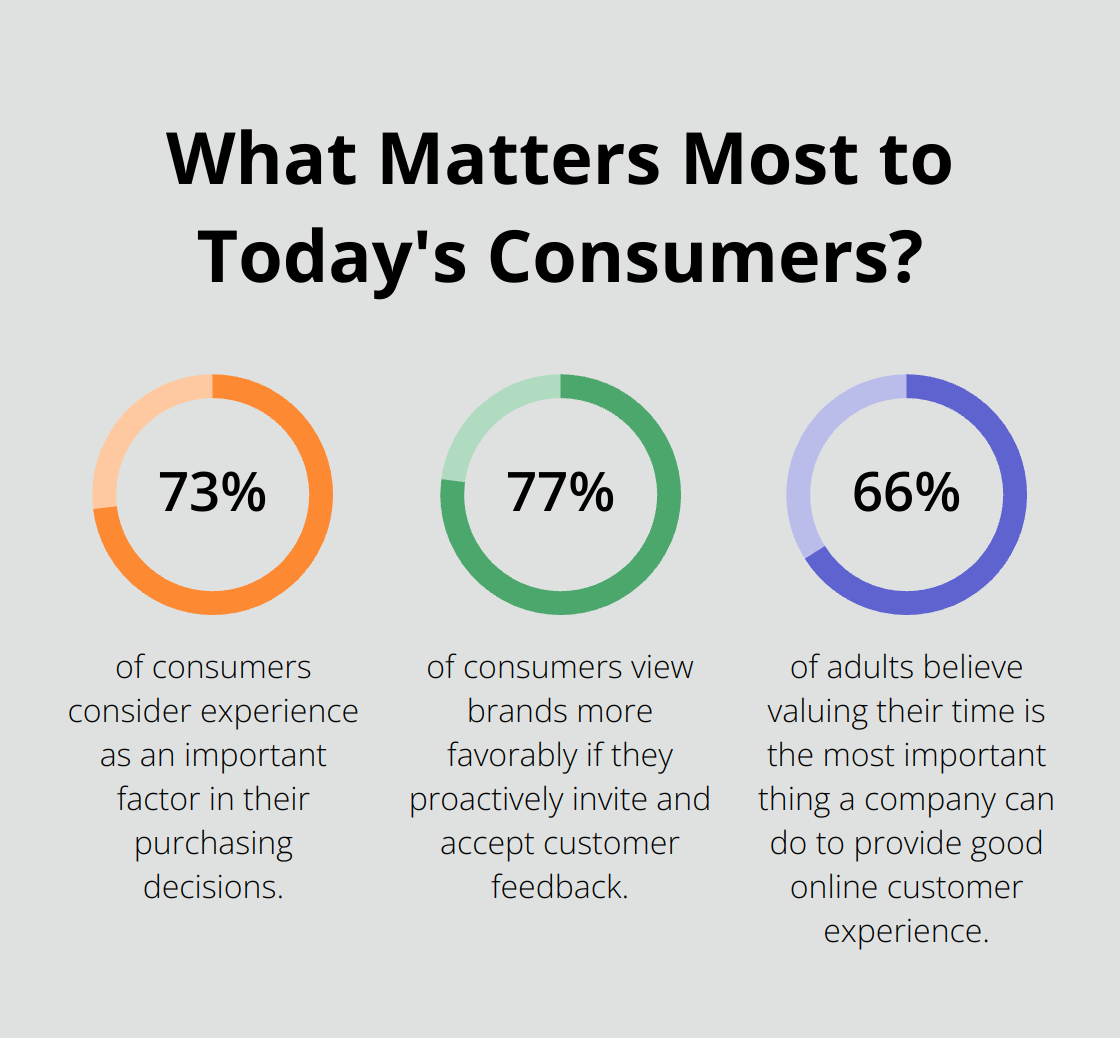
Zappos, known for its stellar customer service, empowers its representatives to take extraordinary measures to satisfy customers (even if it means losing money on a transaction). This approach has earned them a loyal customer base and positive word-of-mouth marketing.
Reward Loyalty Generously
A well-structured loyalty program can significantly boost retention. The influence of loyalty programs on customer behavior is higher than ever with 79% of consumers being more likely to recommend brands with good loyalty programs.
Effective loyalty programs should:
- Offer rewards that align with your brand and resonate with your audience
- Make earning and redeeming points simple and transparent
- Provide exclusive perks that make clients feel valued
Sephora’s Beauty Insider program offers tiered rewards, early access to products, and personalized recommendations based on purchase history.
Listen and Act on Feedback
Customer feedback collection and action are essential for maintaining loyalty. A study by Microsoft found that 77% of consumers view brands more favorably if they proactively invite and accept customer feedback.
To leverage feedback effectively:
- Use multiple channels to collect feedback (surveys, social media, direct outreach)
- Analyze feedback to identify trends and areas for improvement
- Inform customers how their input led to changes
Airbnb’s success is partly attributed to its robust feedback system, which has led to numerous improvements in its platform and policies based on user suggestions.
Provide Continuous Value
Loyalty thrives on consistently providing value beyond the initial purchase. A report by Forrester found that 66% of adults believe valuing their time is the most important thing a company can do to provide good online customer experience.
To deliver ongoing value:
- Create educational content that helps clients maximize their use of your product or service
- Offer exclusive webinars or workshops for existing customers
- Provide personalized recommendations based on past purchases or interactions
HubSpot exemplifies this approach with its comprehensive knowledge base, academy courses, and regular product updates driven by user needs.
Final Thoughts
The customer journey from prospect to loyal client requires constant attention and refinement. Businesses must identify crucial touchpoints and optimize their strategies for maximum impact. Effective conversion tactics and a strong focus on building client loyalty form the backbone of successful customer relationships.
Made Simpler offers comprehensive marketing solutions to help businesses navigate the customer journey successfully. Our services (including SEO-optimized content creation and sales automation) streamline marketing efforts and deliver significant returns on investment. Loyal clients become brand advocates, driving word-of-mouth marketing and contributing to long-term business growth.
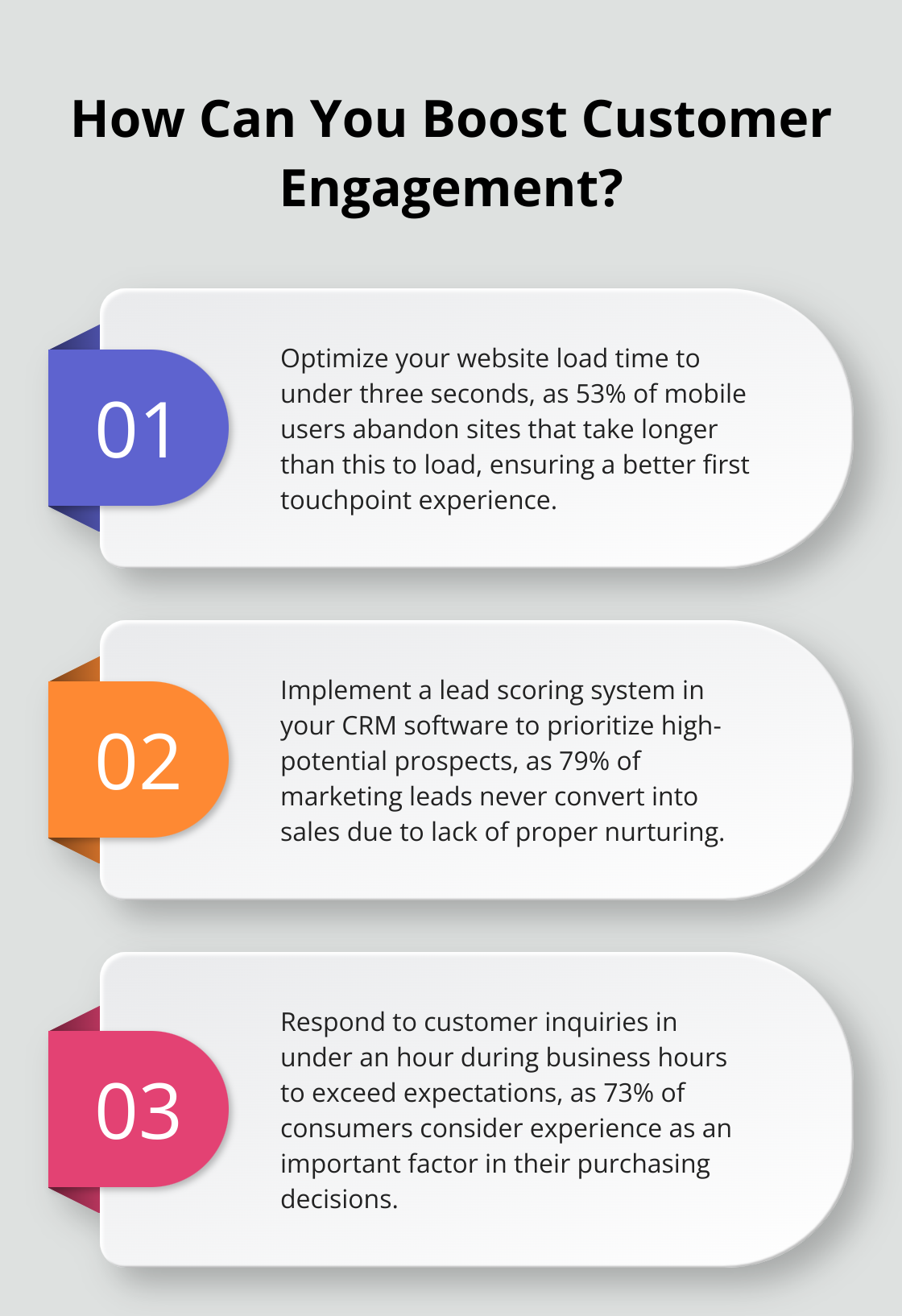
The customer journey continues beyond the initial sale. Businesses must consistently deliver exceptional experiences, reward loyalty, act on feedback, and provide continuous value. This approach creates a foundation for lasting customer relationships and a thriving business built on strong, mutually beneficial partnerships with clients.
